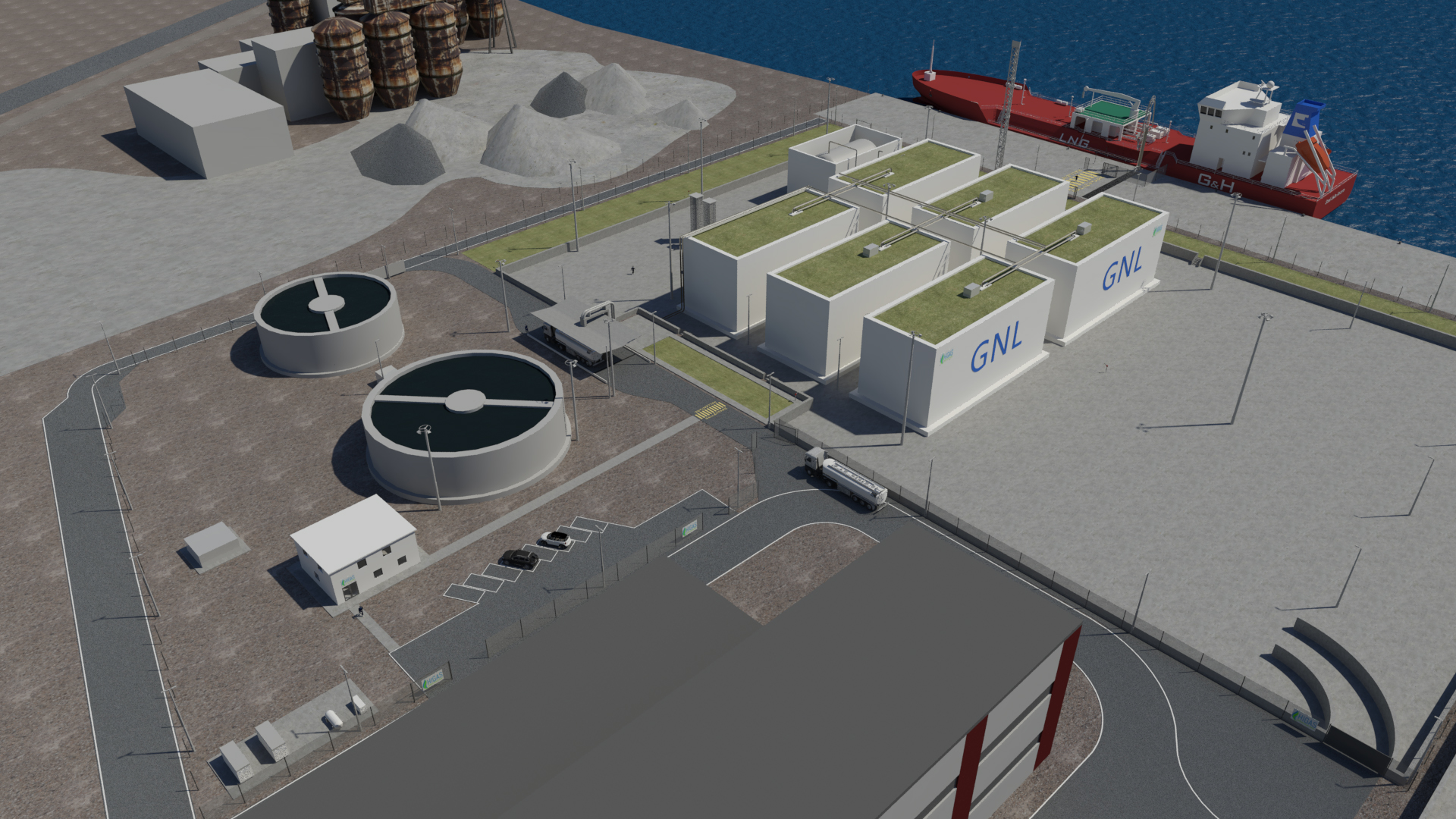
Stolt Nielsen, a leading global provider of integrated transportation services, Golar LNG and the Höegh LNG Holdings Ltd recently announced a new strategic partnership agreement for the supply of liquid methane in non-methaneised geographical areas and its diffusion as a fuel for ships and lorries. The agreement forecasts the realisation of transport infrastructure, stocking and bunkering of LNG, as well as its potential regasification.
In 2017 Stolt Nielsen formed the Avenir LNG joint venture company in order to achieve this goal. Golar and Hoeg hold the 25% of the capital share each while Stolt Nielsen controls the remaining 50%. The investment guaranteed by Golar and by Hoeg, world leaders on development, ownership and management of LNG floating terminals (FSRU), will be provided as current assets and actions and it will be reinvested for the construction of 4 more bunker vessel (two of them with a capacity of 7.500 cubic meters of LNG each are already being realised) and for the implementation of terminal and distribution facility to be constructed in the port of Oristano, Sardinia (9.000 cubic meter capacity storage of LNG).
Commenting on the transaction, Niels G. Stolt-Nielsen, Chief Executive Officer of Stolt-Nielsen Limited, said, "The combination of Stolt-Nielsen's logistics capabilities and our partners' experience in LNG carriers, FSRUs and FLNGs positions Avenir as an emerging leader in small-scale LNG logistics for the power, bunkering, trucking and industrials markets. With the implementation of the IMO's 2020 emissions regulations approaching, demand for LNG as a cleaner, low-sulphur marine fuel is increasing. Each of the LNG new building is designed to perform safe and efficient ship-to-ship LNG bunkering, which Avenir LNG plans to introduce at key strategic ports."
A few hours after the memo was released, Stolt-Nielsen also announced its intention to provide for the realisation of the Oristano storage facility. This decision greatly improves the situation described above and suggests that the deposit could arrive shortly after the "tank ships". In particular, this point will facilitate the distribution of LNG on the island by providing an alternative to transporting fuel by lorries truck on ferry boats.
Source: Stolt Nielsen EN
EN  it
it

